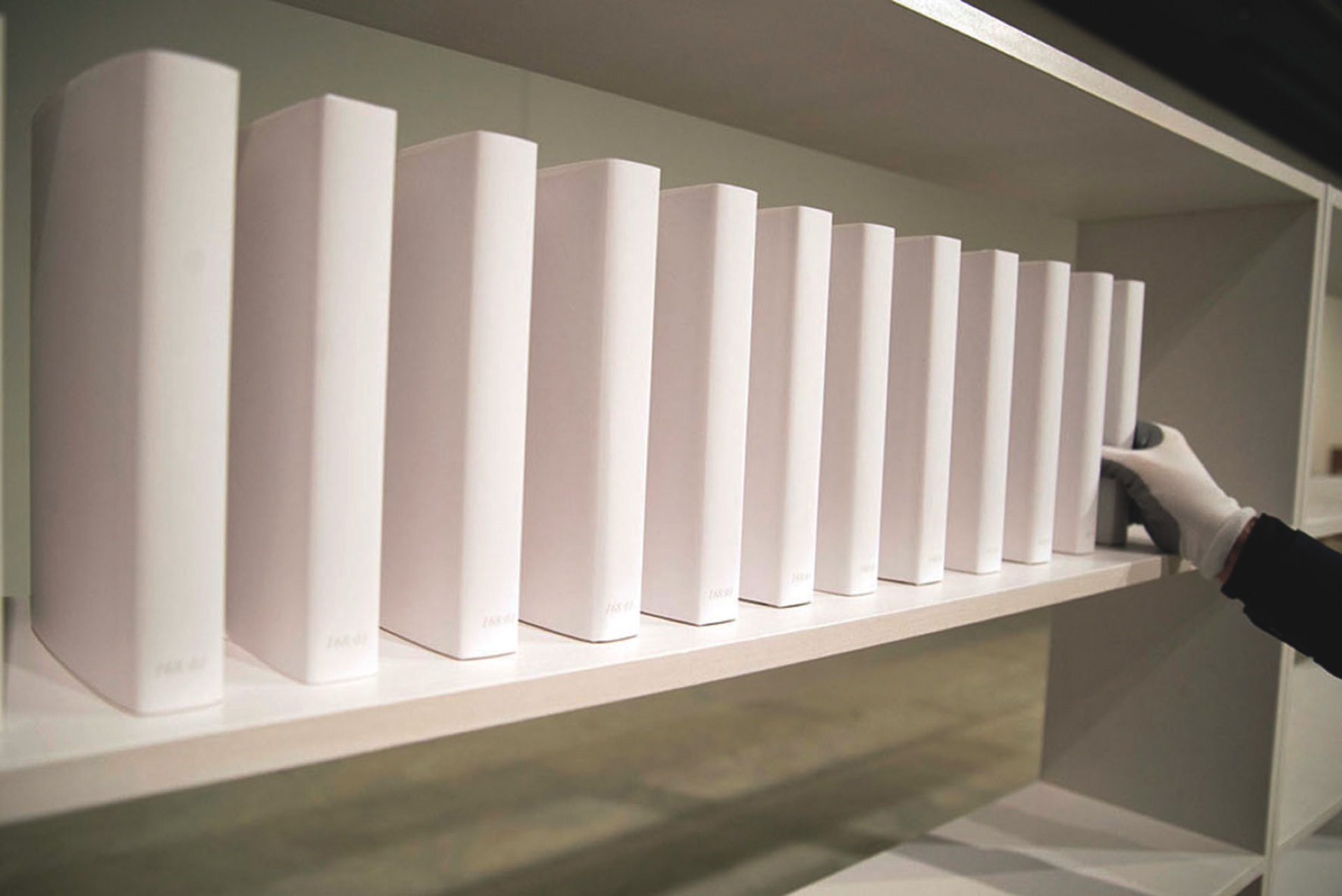Preview: The New Observatory
A new exhibition explores how the world can be measured and predicted through data and other observational methods
Certain exhibitions are tightly centred on a single theme, while others are more reliant on the curator’s interpretation of a looser brief. The New Observatory, currently showing at Liverpool’s FACT, falls into the latter category and appears all the better for it. Examining modes of measuring, predicting and sensing the world, the tangents and digressions artists have taken is fascinating.
The idea for the exhibition began while co-curator Sam Skinner was researching Merseyside’s two observatories – the mid-19th century facility at Liverpool’s Waterloo Dock and its successor in Bidston, in Wirral, which remained in use until 2004 – for his PhD. From there Skinner and curating partner Hannah Redler Hawes from the Open Data Institute, a company that examines how the collection, storage and distribution of data affects organisations and individuals, began to consider how everyday life is subject to scrutiny and data collection at every turn.
“We wanted to look at how devices and collection methods affect communities and this got us to thinking about the technology in our lives, instruments, measurements and observation,” explains Skinner. “The history of the Liverpool observatories is threaded through the exhibition and, to a degree, inspired it but lots of work has evolved a long way from that source.”
David Gauthier is one of the artists who takes the observation angle literally with his piece 53°32’.01N, 003°21’.29W from the Sea, a 15 minute video of a data-gathering Waverider buoy he shot out in Liverpool Bay. The strangely hypnotic visuals are coupled with a disturbing audio drone, which emanates from the gallery floor and varies in pitch with the buoy’s rise and fall.
Similarly, Phil Coy’s Substance – A Whole History of Hollows and Reliefs allows us to examine the earth itself. Using projections and a virtual reality headset to present fascinating visuals – with accompanying 3D stereo sound – the piece explores the materials and processes associated with extracting copper from the planet. The natural footage is interspersed with contrasting, hi-tech computer imagery.
The work that interacts most directly with gallery visitors is Wafaa Bilal’s 168:01. Featuring rows of blank, all-white hardback books on pristine shelving, the piece represents Baghdad University’s College of Fine Arts losing its entire library, an estimated 70,000 books, during the 2003 invasion of Iraq. The project asks the gallery audience to support Iraq’s future students by gradually replacing the blanks with reference books from a select list. “People enjoy the fact they can really engage with the piece. Bilal’s work connects with our theme as we wanted to think of observation in the sense of citizen-engaged, political observation,” says Skinner.
This politicised undercurrent continues throughout much of the exhibition, which features over 20 artists from across the globe.
“The idea of everyone’s communications being monitored and people being viewed, to a degree, as guilty until proven innocent is something we wanted to talk about and examine,” says Skinner. “And this argument that if you’ve done nothing wrong you have nothing to fear doesn’t really work as, even if it’s only on a subtle level, we’re all to a degree disempowered by the knowledge the state is tracking us. The exhibition really resonates with that message.”
The New Observatory is at FACT Liverpool until 1 October

Leave a reply
Your email address will not be published.